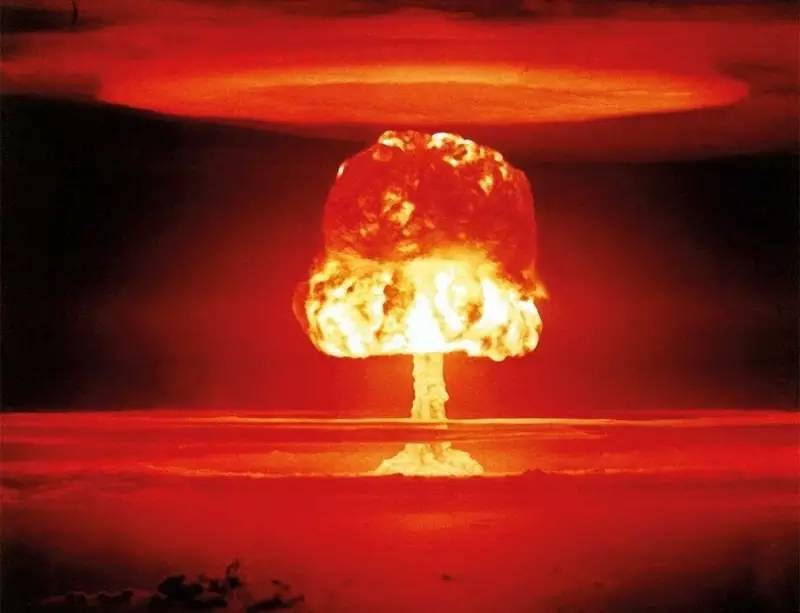
Bean knowledge: the nuclear test left an unexpected gift to scientists
An easy-to-use, "disposable" research tool is an unexpected product of nuclear tests.
Today, let's tell the story of a scientific research method. It is used by many scientists to study when organic and biological tissues were born, and this method is a by-product of a special history (nuclear weapons tests during the Cold War). This method is called the carbon 14 nuclear bomb pulse method (Carbon-14 Bomb Pulse Dating)).
before we talk about it, let's talk about carbon 14 itself.
how to date carbon 14?
originally, the determination of carbon 14 content is a method to identify the age of organic matter. The principle of this method is this: before it is significantly affected by humans, the proportion of carbon 14 isotopes in the atmosphere is relatively stable.
when plants are alive, they constantly exchange carbon atoms with the outside world and absorb carbon atoms in the atmosphere to form their own organic molecules. Through the food chain, other organisms (including people) are constantly exchanging carbon-containing substances with the outside world.
therefore, it can be approximately assumed that the ratio of carbon 14 to carbon 12 in living organisms that maintain metabolism and material exchange is stable.
and the situation changes after the organism dies. After death, there is no material exchange with the outside world, and the original carbon 14 in the organism will slowly decrease under the action of natural decay. So paleontologists and archaeologists can measure the tissue composition of those animals and plants, see how much carbon 14 has been reduced, and infer how many years these creatures have been dead.
A schematic diagram:
the half-life of C-14 is about 5700 + years. This method of natural decay can be used to estimate the approximate age of biological tissue within 40,000 years from now. But this method also faces a problem: because of the heavy use of fossil fuels and other reasons, the level of carbon 14 in the atmosphere changes, so it is not effective to measure modern samples.
"Nuclear bomb curve"
however, human activities have inadvertently brought about a different method of carbon 14 dating. This method came about because of the nuclear tests in the 1950s and 1960s. At that time, the nuclear test led to a peak in the content of carbon 14 in the atmosphere, and then the above ground nuclear test was banned, so the content of carbon 14 began to decline exponentially. During these decades, the content of carbon 14 formed a very special curve:
("nuclear bomb curve")
, so scientists got this unexpected dating method. This time, carbon 14 identification of biological tissue within decades can also come in handy. Carbon 14 hasn't decayed much on a decades-old scale, so you can match the results of carbon 14 in biological tissue directly to the "nuclear bomb curve" so that you know the approximate year in which they were produced.
this method can provide clues in biological research, identification of John Doe and so on. The biggest drawback of this approach may be that it is "disposable" and that its useful life is coming to an end as carbon-14 levels fall.
Step into unbelievable deals of petite wedding dresses. Latest arrivals in the newest different trendy styles!